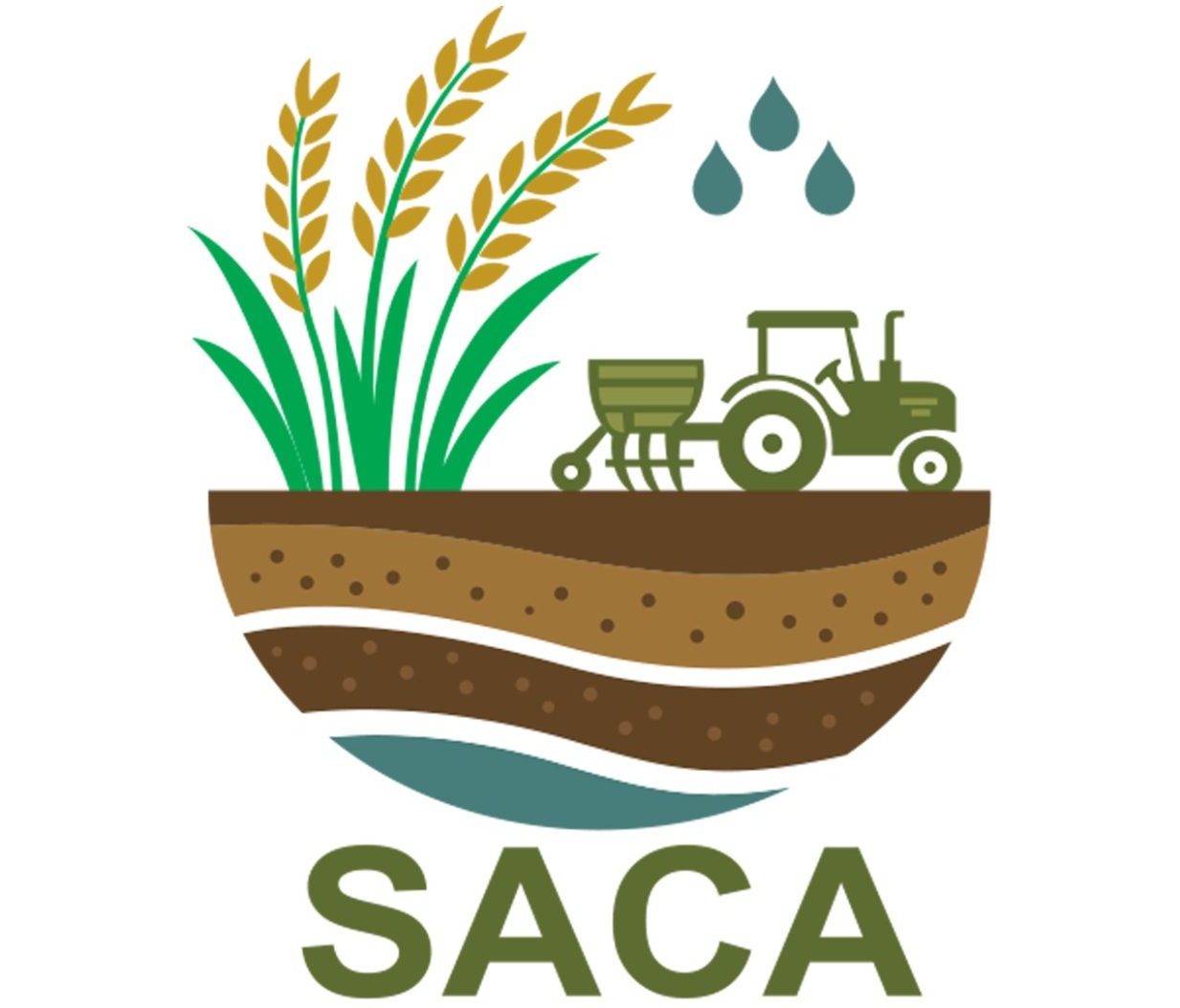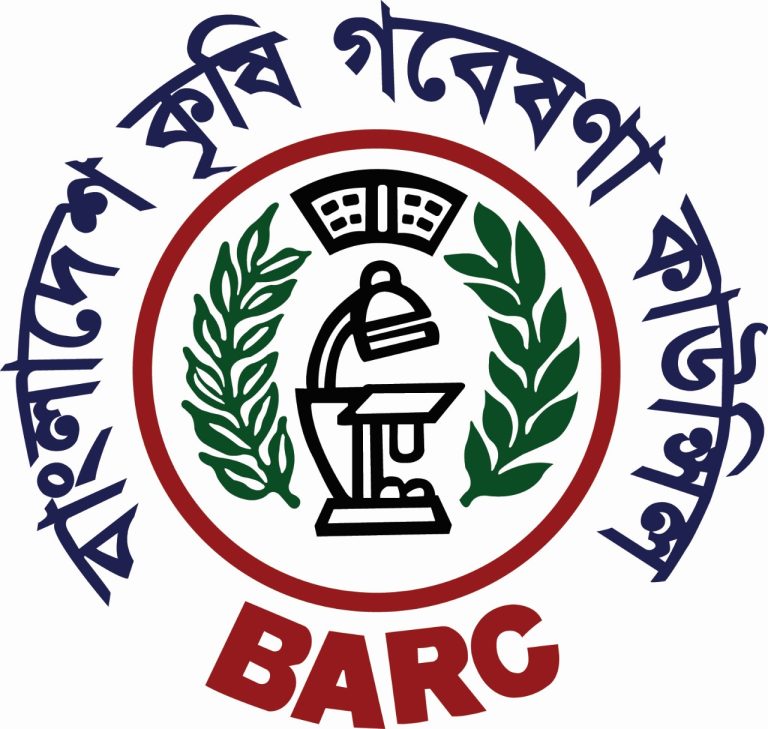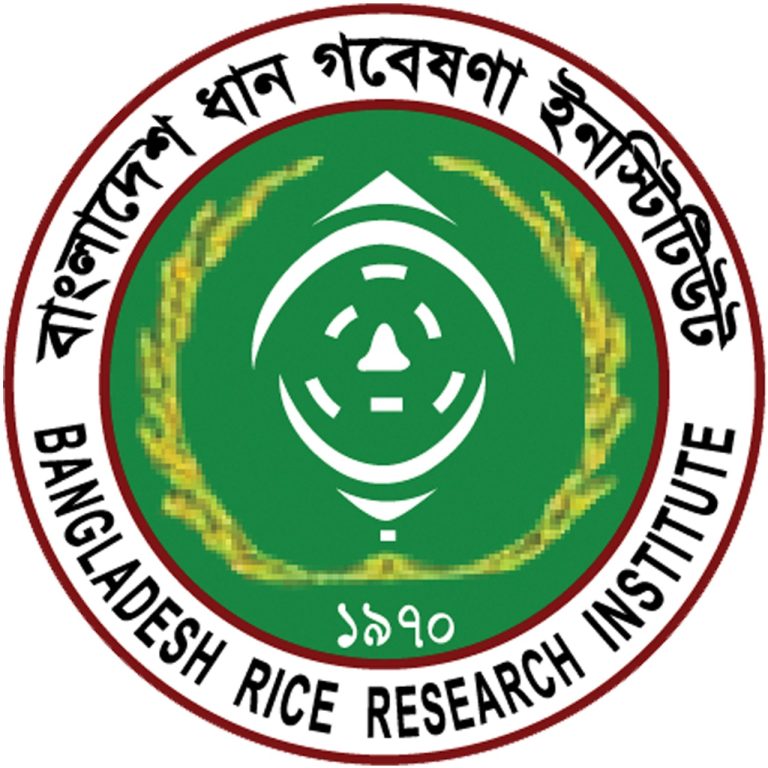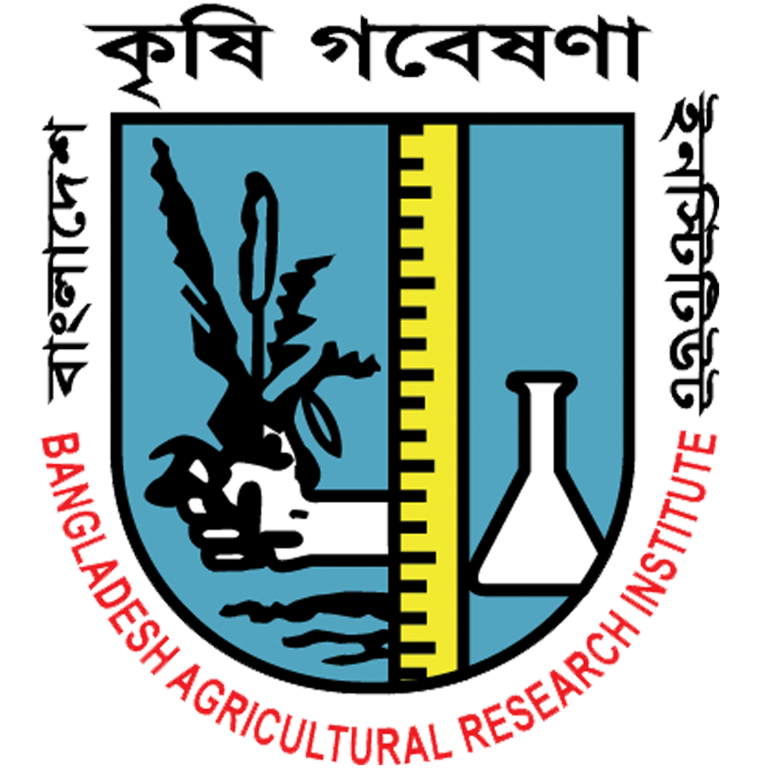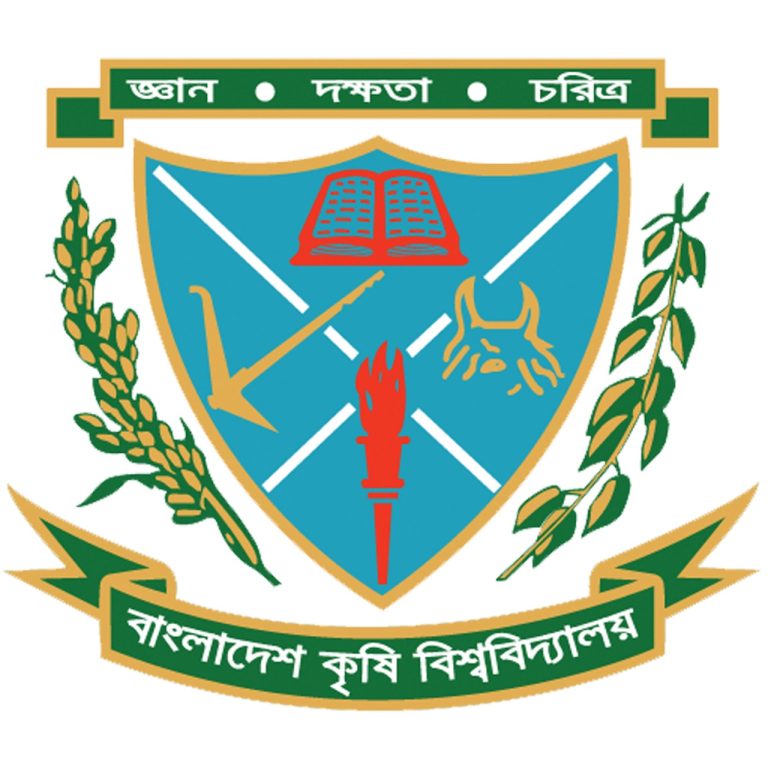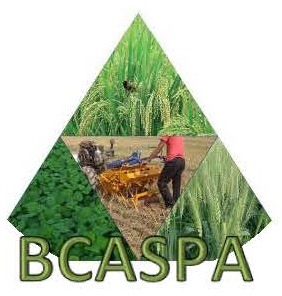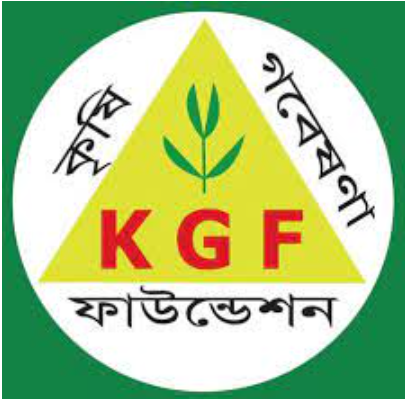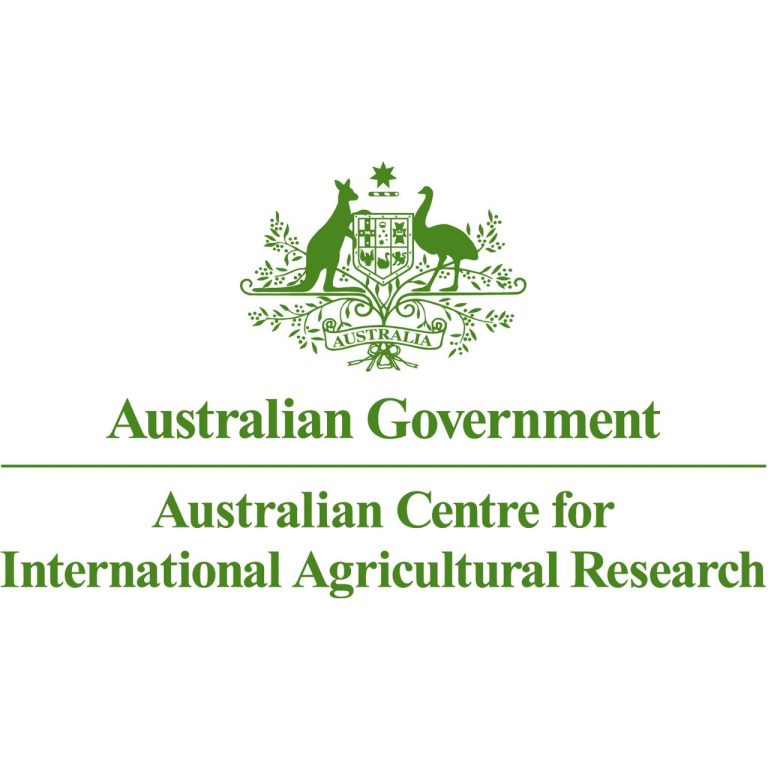Change in Soil and Water Dynamics and Supporting Adoption of Conservation Agriculture in Bangladesh (SACA)
Introduction

Bangladesh’s agricultural sector has made remarkable strides in achieving food security, particularly in rice production. However, this success has come at a cost. The country now faces critical challenges including soil degradation, groundwater depletion, rising input costs, labor shortages, and increasing vulnerability to climate change. The SACA project— Change in Soil and Water Dynamics and Supporting Adoption of Conservation Agriculture in Bangladesh —is a five-year initiative (2024–2029) designed to address these challenges through the promotion and scaling of Conservation Agriculture.Led by Murdoch University in partnership with Bangladesh Agricultural University (BAU), BRRI, BARI, and CASPA, and funded by ACIAR and Krishi Gobeshona Foundation (KGF), the project aims to generate robust scientific evidence, develop inclusive scaling models, and build institutional capacity to support the widespread adoption of CA in Bangladesh.

Why Conservation Agriculture?
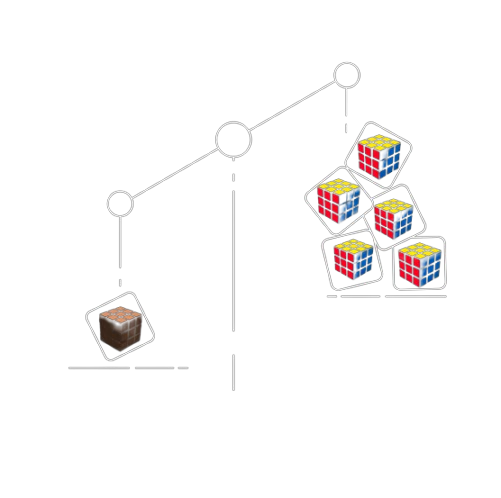
Conservation Agriculture
CA has been shown to improve soil health, reduce greenhouse gas emissions, enhance water use efficiency, and increase profitability. In Bangladesh, CA has demonstrated benefits in non-rice crops, particularly during the dry (Rabi) season.
Conservation Agriculture. is a climate-smart, sustainable farming approach that emphasizes:
- Minimum soil disturbance
- Permanent soil cover
- Diverse crop rotations

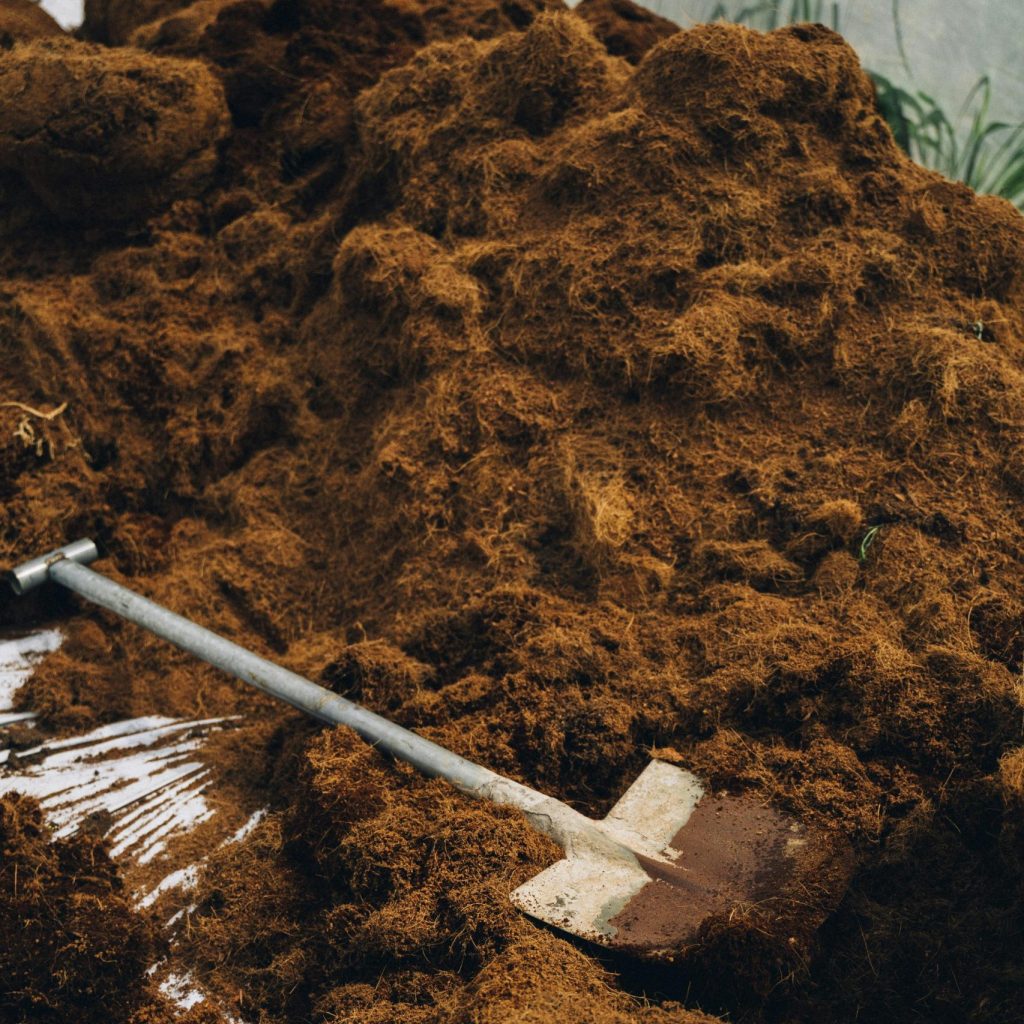
* Improve Soil Health



*Reduce Greenhouse gas emissions


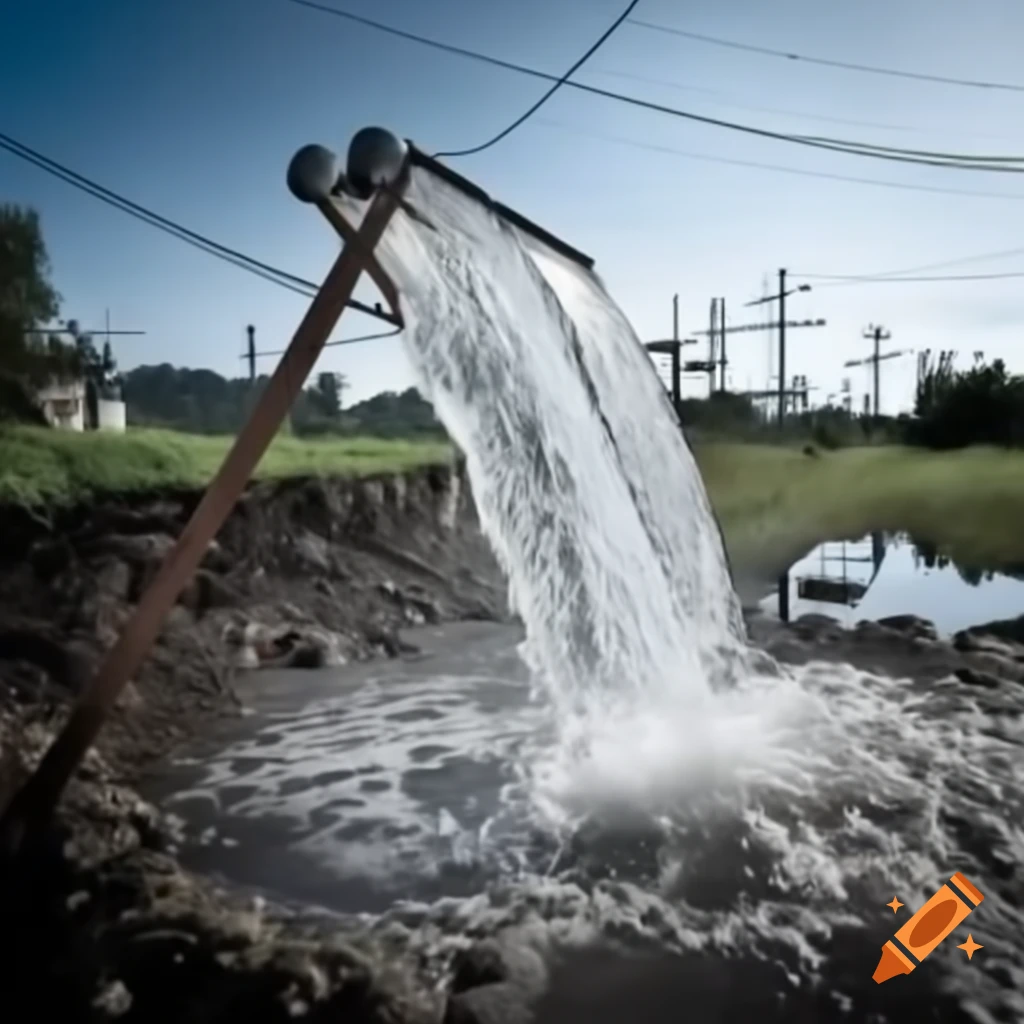
*Enhance Water Use Efficiency



*Increase Profitablity


Technical Barriers

Economical Barriers

Institutional Barriers

"However, its adoption in rice-based systems remains limited due to technical, economic, and institutional barriers."
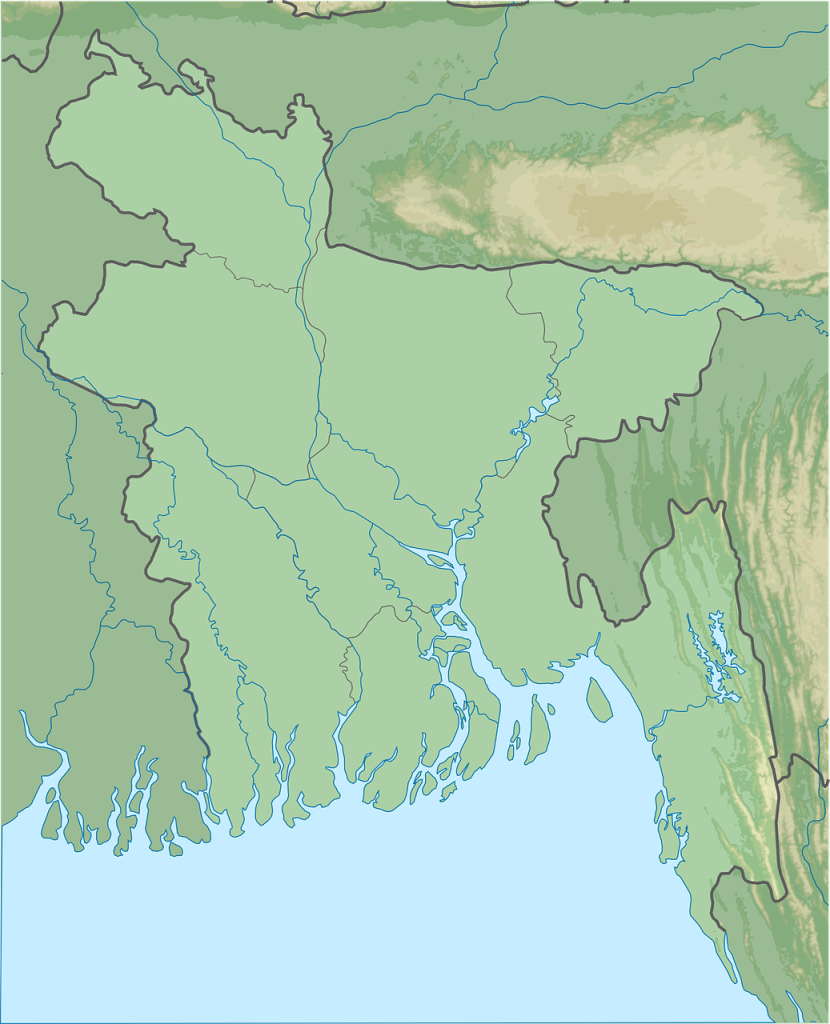
In Bangladesh, CA has demonstrated benefits in non-rice crops (Lentil, Potato, Mustard, Maize ) particularly during the dry (Rabi) season.”
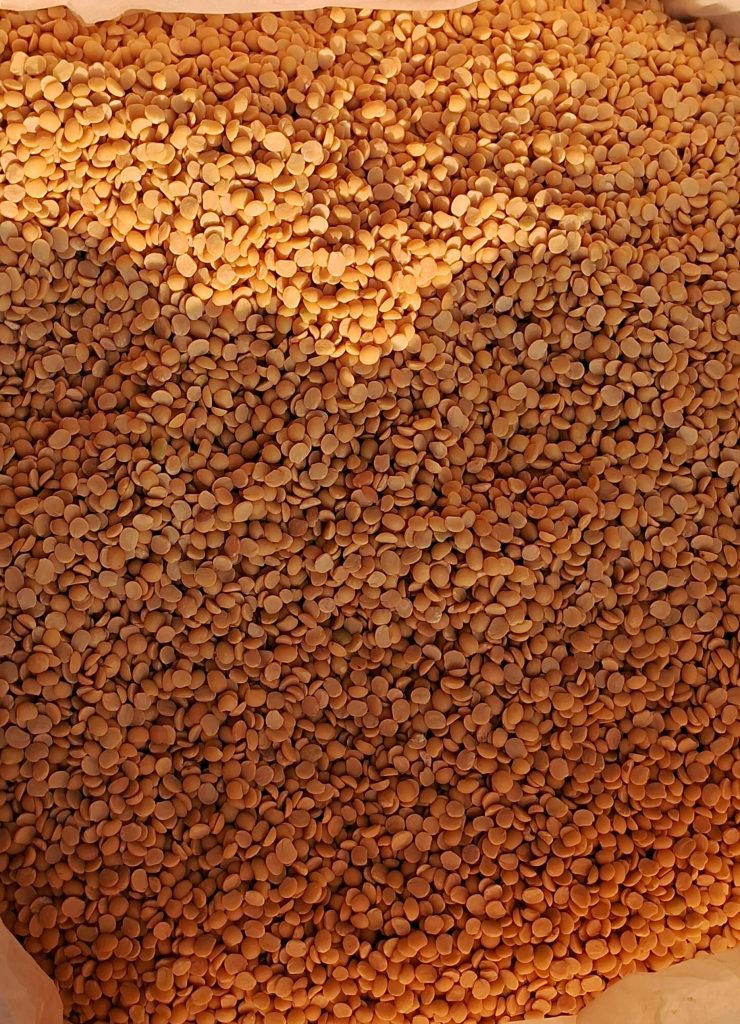
Lentil

Potato

Mustard

Maize

The SACA Project
The SACA project builds on nearly two decades of research and aims to address these barriers by:

Evaluating long-term impacts of CA on soil and water resources
Assessing risks associated with alternative rice establishment methods
Supporting inclusive scaling through farmer networks and service providers
Enhancing capacity among researchers, extension agents, and farmers

Project Goal
Placeholder…
…………..

Project Objectives
- Assess Long-Term Impacts of CA
Utilize long-term field experiments (LTEs) to evaluate changes in soil structure, nutrient dynamics, water balance, greenhouse gas emissions, and crop productivity under CA practices. - Model Risks and Benefits of Alternative Rice Establishment
Use APSIM simulation models to assess the agronomic and environmental risks of Direct Seeded Rice (DSR) and Non-Puddled Transplanting of Rice (NPTR) under CA systems. - Support Inclusive Scaling of CA
Strengthen farmer networks like CASPA to promote CA through collective action, bundled service provision, and farmer-to-farmer learning. - Build Capacity
Train researchers, extension agents, and farmers—especially women and youth—to adopt and promote CA practices.

Key Project Activities
The SACA project is structured around four major research programs, each comprising a series of targeted activities designed to generate evidence, build capacity, and support the inclusive scaling of Conservation Agriculture (CA) in Bangladesh. Below is a summary of the core activities:
1. Assessing Long-Term Impacts of Conservation Agriculture
1.1 Soil Health and Fertility Monitoring
- Conduct soil sampling and analysis at long-term experiment (LTE) sites in Rajshahi and Mymensingh.
- Measure changes in soil structure, organic carbon, nutrient availability, and acidity.
1.2 Water Balance and Hydrology Studies
- Monitor infiltration rates, groundwater recharge, and irrigation needs under CA.
- Use sensors and field measurements to assess seasonal water dynamics.
1.3 Weed, Pest, and Disease Surveillance
- Track weed species shifts, herbicide resistance, and pest/disease outbreaks.
- Evaluate biosecurity risks and develop integrated management strategies.
1.4 Productivity and Profitability Analysis
- Compile and analyze 15+ years of LTE data to assess yield trends and economic returns under CA.
2. Modelling Risks of Alternative Rice Establishment Methods
2.1 Variety Screening for DSR and NPTR
- Identify rice varieties suitable for Direct Seeded Rice (DSR) and Non-Puddled Transplanting (NPTR).
- Conduct trials across Boro, Aus, and Aman seasons.
2.2 Agronomic Trials for DSR Optimization
- Test sowing dates, seed rates, irrigation timing, and weed control strategies.
- Generate data for APSIM model calibration.
2.3 APSIM Modelling and Scenario Analysis
- Simulate long-term impacts of CA and alternative rice establishment using 30 years of climate data.
- Assess yield variability, water use, and economic outcomes.
2.4 Landscape-Scale Modelling
- Use APSIM to estimate the effects of partial and full CA adoption on groundwater recharge and farm profitability.
3. Continuous Improvement of CA Practices
3.1 Bundled Service Provision Pilots
- Co-design and test business models for year-round mechanized services (e.g., planting, harvesting).
- Evaluate economic viability and farmer satisfaction.
3.2 Collective Action Pilots (Samoloy+CA)
- Form mini-catchment groups to coordinate planting, input use, and machinery access.
- Monitor group cohesion, inclusivity, and agronomic outcomes.
3.3 Machinery Trials for DSR and NPTR
- Demonstrate and refine mechanized rice establishment methods using VMP and other tools.
- Collect data on yield, water use, and labor savings.
4. Inclusive Scaling of CA Knowledge and Services
4.1 Strengthening CASPA as a Scaling Platform
- Conduct organizational assessments of CASPA and its 224 member groups.
- Develop strategic plans, business models, and capacity development strategies.
4.2 Evaluating Collective Action Models
- Conduct case studies on existing Samoloy groups.
- Assess inclusivity, governance, and impact on CA adoption.
4.3 Investigating Bundled Service Models
- Analyze existing service models (e.g., Syngenta Farmer Hubs, Feed the Future).
- Identify enabling factors and barriers to inclusive mechanization.
5. Capacity Building and Research Training
5.1 PhD and MS Fellowships
- Support 7 PhD and 4 MS students through ACIAR and KGF funding.
- Research topics include soil hydrology, greenhouse gas emissions, acidification, farmer networks, and herbicide residues.
5.2 Training for Farmers and Service Providers
- Deliver hands-on training in CA practices, machinery use, and business skills.
- Use a whole-family approach to engage women, youth, and marginalized farmers.
5.3 Institutional Capacity Development
- Build capabilities of CASPA, extension agents, and local service providers.
- Facilitate peer learning, mentoring, and exposure visits.
6. Knowledge Exchange and Communication
6.1 Field Days and Demonstrations
- Organize 32+ field days across project hubs to showcase CA technologies and practices.
6.2 Digital Outreach
- Maintain a project website and social media channels for updates and engagement.
6.3 Conferences and Publications
- Present findings at national and international forums.
- Publish peer-reviewed articles, policy briefs, and training manuals.

Project Working Locations
Bangladesh
West
North
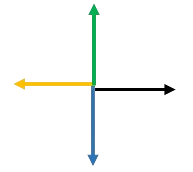
South
East


Northwest Bangladesh: Rajshahi District

Northern Bangladesh: Thakurgaon District

Central Bangladesh: Mymensingh and Gazipur
Add Your Heading Text Here
The SACA project operates across a diverse set of agro-ecological zones (AEZs) in Bangladesh, strategically selected to represent the country’s major rice-based cropping systems. These locations provide a robust platform for research, demonstration, and scaling of Conservation Agriculture (CA) practices. The project integrates long-term experiments, field trials, and community-based scaling initiatives across both research stations and farmers’ fields.
gMap Address of Selected Lands
Northwest Bangladesh: Rajshahi District
Rajshahi: Godagari (AEZ 26)
Rajshahi: Durgapur (AEZ 11)
- These sites host two of the longest-running CA experiments in Bangladesh, established in 2010 on farmers’ fields.
- The region is characterized by high cropping intensity and groundwater-dependent irrigation, making it ideal for studying CA’s impact on water balance and soil health.
- Activities include long-term monitoring of soil and water dynamics, piloting of collective action models (Samoloy), and bundled service provision trials.
Northern Bangladesh: Thakurgaon District
Thakurgaon: Sadar Upazila (AEZ 1)
- A new site selected for its light-textured soils, contrasting with the heavier soils of Rajshahi and Mymensingh.
- This location will host a two-year system-based trial to evaluate CA’s performance under different soil conditions.
- It also serves as a pilot area for Direct Seeded Rice (DSR) and Non-Puddled Transplanting (NPTR) trials.
Central Bangladesh: Mymensingh and Gazipur
Mymensingh : BAU Campus (AEZ 9)
Gazipur Upazila (AEZ 28)/ BRRI/BARI ?
- Hosts research stations of both BRRI and BARI.
- BRRI is initiating a new CA long-term experiment (LTE) in 2024.
- BARI maintains six LTEs on CA, which will be accessed for specific research questions.
- These sites are central to APSIM modelling, hydrology studies, and rice agronomy trials.
Research and Scaling Hubs
Each of the above locations functions as a project hub, integrating:
- Long-Term Experiments (LTEs) for biophysical monitoring.
- Farmer-led trials and demonstrations.
- CASPA group activities for scaling CA through collective action.
- Training and capacity building for farmers, service providers, and extension agents.
These hubs serve as innovation platforms where research, extension, and community engagement converge to test and refine CA technologies and scaling models.

Expected Outcomes
- Scientific Evidence:
Quantified long-term impacts of CA on soil health, water dynamics, crop yields, and greenhouse gas emissions. - Risk Assessment:
Identification of risks associated with long-term CA practices and alternative rice establishment methods. - Scalable Models:
Development of inclusive and sustainable models for CA adoption, including collective action and service provision. - Empowered Institutions:
Strengthened capacity of CASPA and other partners to support CA scaling independently. - Policy Influence:
Evidence-based recommendations to inform national agricultural policies and investment strategies.

Key Innovations and Approaches
- Long-Term Experiments (LTEs):
Four LTEs established in previous ACIAR projects will be used to monitor biophysical changes under CA across different agro-ecological zones. - APSIM Modelling:
APSIM will simulate the effects of CA and alternative rice establishment methods over 30 years of climate data to predict yield variability, water use, and economic outcomes. - Mechanization and Service Provision:
The project will promote the use of the Versatile Multi-crop Planter (VMP) and pilot bundled service provision models to improve access to mechanized planting and harvesting. - Collective Action Models:
The “Samoloy” approach, where farmers coordinate planting and input use, will be piloted to aggregate demand and reduce risks for service providers. - Gender and Social Inclusion:
The project will ensure equitable access to CA knowledge and services, addressing barriers faced by women, youth, and smallholders.

Strategic Alignment
The SACA project aligns with:
- Bangladesh’s Vision 2041
- National Agriculture Policy 2018
- Sustainable Development Goals (SDGs)
- Paris Agreement on Climate Change
It also complements previous ACIAR investments such as the NUMAN, SRFSI, and LWR projects, and leverages partnerships with national research institutions, extension agencies, and farmer organizations.

Capacity Building and Knowledge Exchange
The project will support:
- PhD and MS fellowships for researchers from partner institutions
- Training programs for farmers, service providers, and extension agents
- Farmer-to-farmer learning through CASPA and Samoloy groups
- Policy dialogues and conferences to disseminate findings and influence decision-making
A robust data management system based on FAIR principles will ensure that research outputs are accessible and reusable.
Conclusion
The SACA project represents a comprehensive, multi-stakeholder effort to transform Bangladesh’s agricultural systems through the adoption of Conservation Agriculture. By integrating scientific research, inclusive scaling strategies, and institutional capacity building, the project aims to create a resilient, sustainable, and equitable agricultural future for Bangladesh.

